Author: Bob Latino CEO at Reliability Center, Inc.
Lets start with a fresher on general Component Fatigue.
- Fatigue occurs when a material is subjected to repeated loading and unloading.
- When the loads are above a certain threshold, microscopic cracks will begin to form at a material’s surface.
- Cracks always begin in high stressed areas of a material.
- Eventually a crack will reach a critical size, and the structure will suddenly fracture.
In our prior blog on Fatigue we discussed the various cyclical loading applications. Let’s review them again with this graphic.
Now let’s get a little bit more specific and discuss the basic characteristics of Gear fatigue. Some of these basics are:
- They always have an origin(s)
- Progression marks may be visually present (depends on load variations)
- They will have a Final Fracture Zone (FFZ)
- Ratchet marks may be present
- Spalls (or Hertzian Fatigue), may be present
- Electrical fluting may be present
- Evidence of inadequate lubrication may be present
Let’s run through some failed parts and see if we can associate these characteristics to them.
(1) This gear is heavily damaged at the addendum or top. The origin is Hertzian (beneath the surface working outward). Once the wear is through the case hardened area, the failure will be rapid.
(2) This crack was initiated in the gear root and was under normal loads.
(3) The crack was initiated in the gear root and was under heavy loads because of the large FFZ.
(4) The crack was initiated in the gear root where the stresses are high.
(5) This gear is damaged at the addendum or top. The origin is Hertzian (beneath the surface working outward). This defect is often a result of misalignment.
(6) This gear is also damaged at the addendum or top. The origin is Hertzian (beneath the surface working outward). This defect is often a result of misalignment.
Just as an FYI, I am pulling all of this material from our public workshops as usual. These workshops appeal to the novice as well as the more seasoned investigators who just want to learn more about the physics of failure, recognizing common failure patterns and understanding how those patterns came to form.
As always, I appreciate all of the great feedback and sharing from the veterans in the field, and equally as important, the front-lines who make things happen!! Thank you for your time and participation.
Learn more about Why Parts Fail.



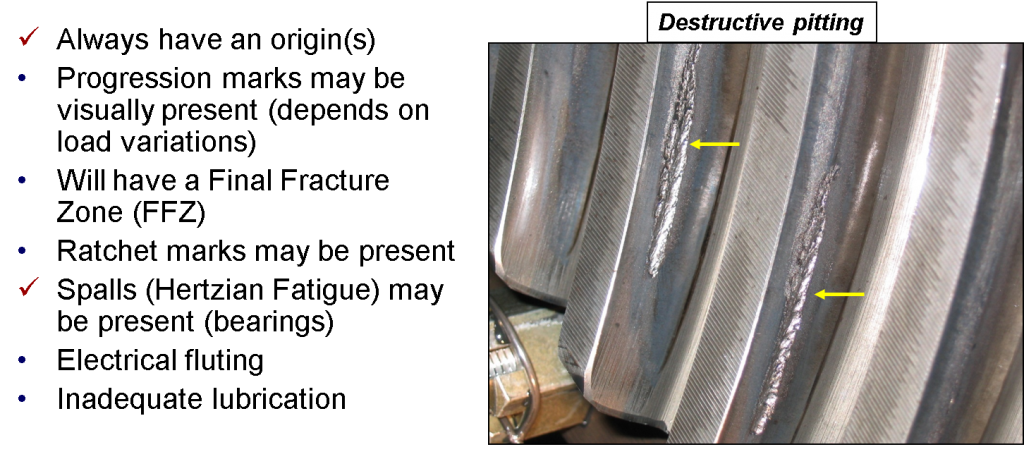

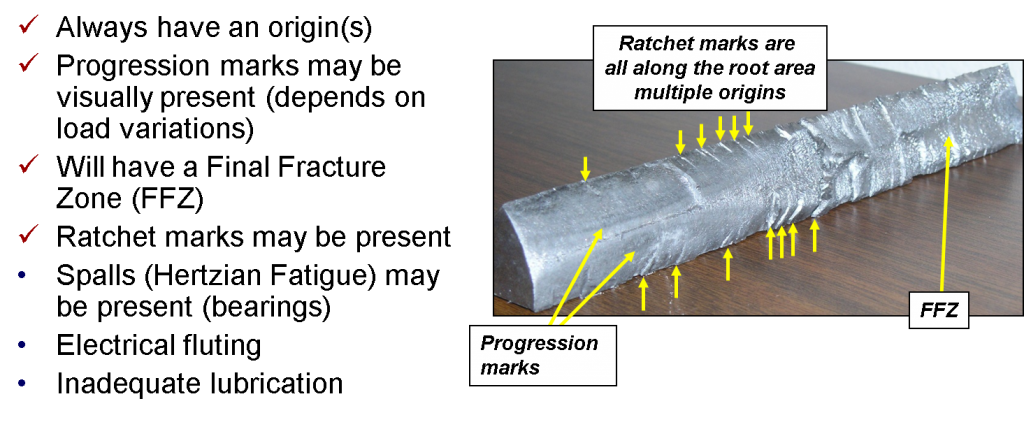
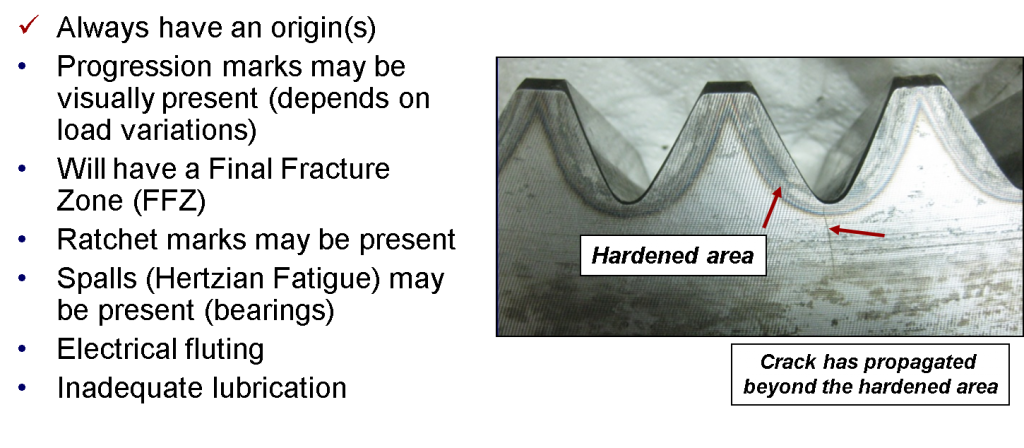
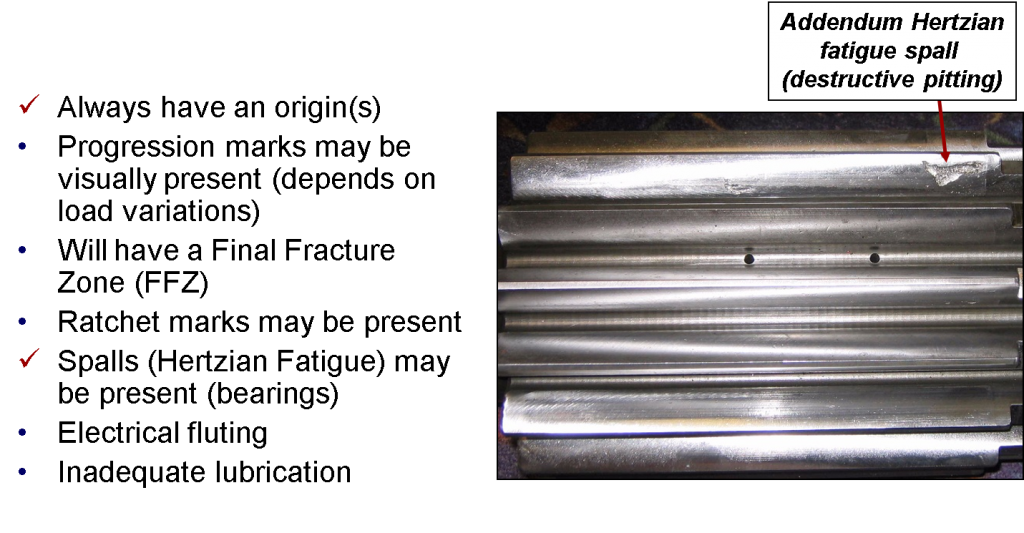


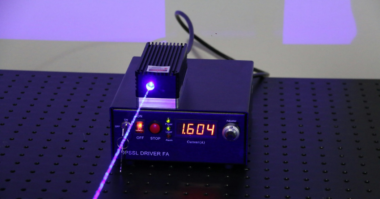


Comments